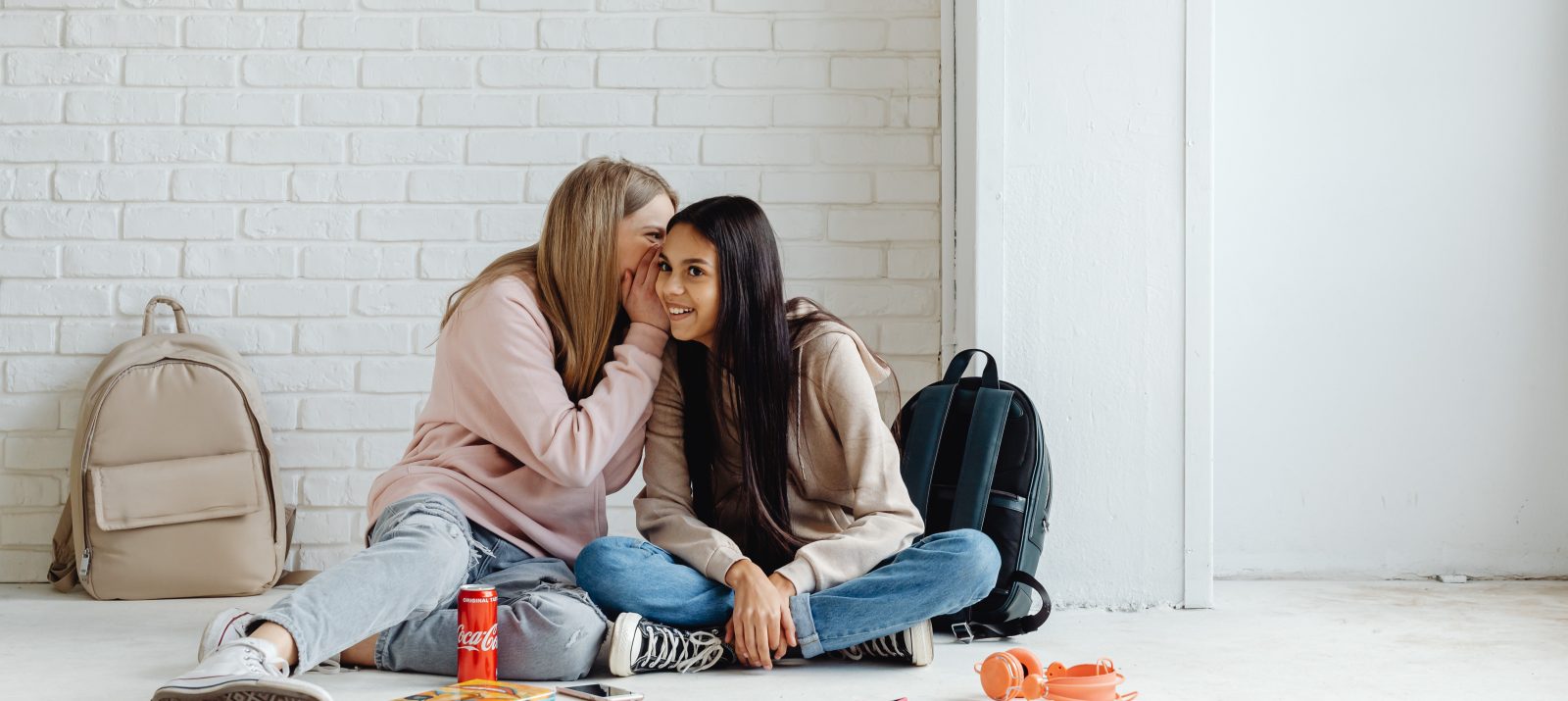
Sharing children’s photos online, chatting in Minecraft or setting up the first smartphone – in everyday family life with media, there are many points of contact with the topic of privacy. But what exactly does privacy mean? And what can parents do to adequately protect their child’s privacy on the Internet? That’s what this article is about.
When we talk about privacy, we mean the personal space in a person’s life. That’s the part that’s around us where we can do things privately. In the realm of privacy, we can live our lives the way we want without it being anyone else’s business.
While we protect ourselves from prying eyes at home with curtains, there are other things we need to watch out for in the digital world. Maintaining privacy on the Internet specifically means protecting personal information and activities online. This includes personal data such as name, age, address and other private details. This starts even before birth with the sharing of ultrasound pictures, continues with the use of baby monitor apps and ends with smart toys in the nursery. As soon as your child is consciously on the Internet, you should discuss the topic of privacy on the Internet with him or her and explain to your child how to handle private information and online activities prudently. Make it clear to your child that he or she should not share personal details with strangers. Educate your child about scamming online. Make them aware of how they can recognize subscription traps, fake sweepstakes and the like in order to prevent the criminal misuse of their own data.
By the time they move on to secondary school at the latest, many children receive their first smartphone of their own. Depending on which phone your child has (Apple or Android), there are ways to set certain settings for apps to protect privacy:
In today’s connected world, it is very important to protect your child’s privacy, especially when using social media platforms:
Solutions for technical youth media protection such as parental control programs or the accompanied mode on TikTok are one way to increase your child’s safety when using media. However, they do not replace your responsible role in media education. An open conversation between you as parents and your child about what they are experiencing online is very important to help them navigate the web safely and responsibly.